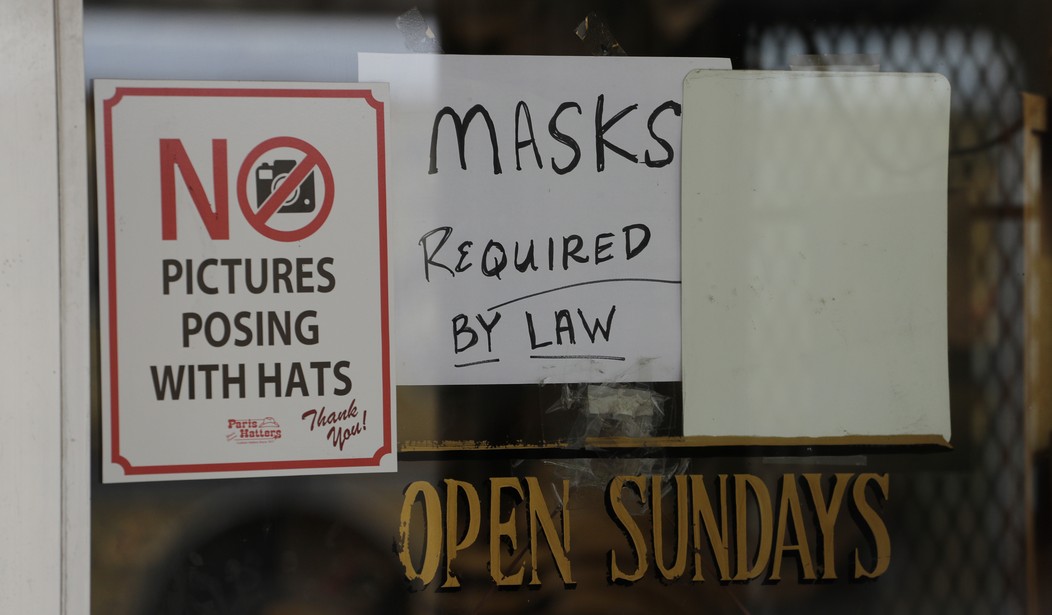Are we coming out of the pandemic and returning to whatever passes for normal these days or is the worst still yet to come? That’s the question that Scott Rasmussen asked this week as detailed in his latest release at Desert News. He’s been tracking national attitudes on this subject since the virus first started blowing across the United States, but things have definitely begun to shift. It wasn’t that long ago that most Americans couldn’t see the light at the end of this tunnel. But now that the vaccines have rolled out rather widely, there’s a lot more optimism in the air and a near majority of American voters believe that the worst is behind us. But there are still a few lurking out there who hold some views that are, shall we say… a bit more extreme.
Over the past two weeks, the number of people who believe the worst of the pandemic is behind us has continued to surge. This past weekend, 48% held that view while just 24% believe the worst is yet to come.
It appears that Democrats are catching up to Republicans in terms of recognizing that the worst is behind us. Until recently, Democrats were relatively evenly divided. Now, by a 47% to 27% margin, those in President Joe Biden’s party believe the worst is behind us. Republicans hold that belief by a 58% to 20% margin.
I’ve been tracking these attitudes for more than a year and the impact of the vaccines on perceptions on the pandemic is clear to see. Following the election last fall, confidence fell sharply. In late November, 68% believed that the worst was still to come. By late January, after the vaccines became a reality, that number fell to 40%.
It’s probably not shocking that registered Republicans were thinking that we were already on our way out of the woods (and ready to do away with all of these mandates) well ahead of the Democrats. But now the Democrats are catching up quickly. If this trend continues we will probably see a solid majority agreeing that we’ve passed through the valley and on our way to a full recovery in the next few weeks.
The interesting data that Scott picked out of the latest numbers has to do with the people at the furthest end of the bell curve on both sides. Five percent of respondents believe that the pandemic will never end. An equal number believe that it never started and the whole thing has been a hoax. (Another 10% believe it will last “several more years” while 8% say it’s already over.) There are always some people who fall in love with doom porn, but that “never end” category represents some pretty dark thoughts. As far as the “hoax” category goes, I think that depends on your definition of the word. There’s certainly a case to be made that a lot of people overreacted and imposed many restrictions that were far less effective than advertised, if not mostly pointless. But if you think there wasn’t even a virus, I don’t know what to tell you. The families of more than half a million people disagree.
Another potentially interesting tidbit was the racial breakdown in the poll. 46% of white voters take one of the “middle ground” positions, either saying that the worst is already over or that the end is at least in sight if it’s not. But among Black voters, 26% believe it will either never end or at least last for several more years. Less than a quarter take one of the “middle ground” positions. Given all of the stories about vaccine skepticism in the Black community and the low immunization rates we’re seeing, I’d have thought that the doom and gloom numbers would be lower than that.
In any event, we take the good news where we can get it these days. And larger numbers of people regaining confidence in our society’s ability to shake this off means that more people are going to be ready to return to normalcy. And the bigger that number grows, the more our elected officials will be forced to listen.







Join the conversation as a VIP Member